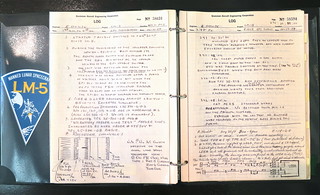 Chapter 1 introduces the field of technical communication and discusses the kinds of activities it covers. You are already a technical writer. As a junior or senior in your major, you have already written documents to your professors and to other students. If you have had a job or internship, you encountered technical communication every day at work. You can think of technical writing as covering all of the professional communications you will do in relationship to your career,everything from informal emails to your colleagues to formal reports to management or clients.
Chapter 1 introduces the field of technical communication and discusses the kinds of activities it covers. You are already a technical writer. As a junior or senior in your major, you have already written documents to your professors and to other students. If you have had a job or internship, you encountered technical communication every day at work. You can think of technical writing as covering all of the professional communications you will do in relationship to your career,everything from informal emails to your colleagues to formal reports to management or clients.
Characteristics of Technical Writing
Chapter 1 of Practical Strategies for Technical Communication outlines 6 characteristics of technical writing:
- It addresses particular readers.
- It helps readers solve problems.
- It reflects the organization’s goals and culture.
- It is produced collaboratively.
- It uses design to increase readability.
- It consists of words or images or both.
We’ll return to these six characteristics a lot during the term. We’ll use them to analyze examples of tech writing, including the texts that you write yourself. Read chapter 1 for all the details on how they work.
Of these six characteristics, the one that causes the most questions is that tech writing is produced collaboratively. Think of it as a very wide idea of collaboration, and read that part of the chapter closely.
Required Work
After reading the chapter, complete the reading quiz in Scholar for Chapter 1.
Photo: How the Eagle Landed — the Grumman Construction Log by Steve Jurvetson, on Flickr